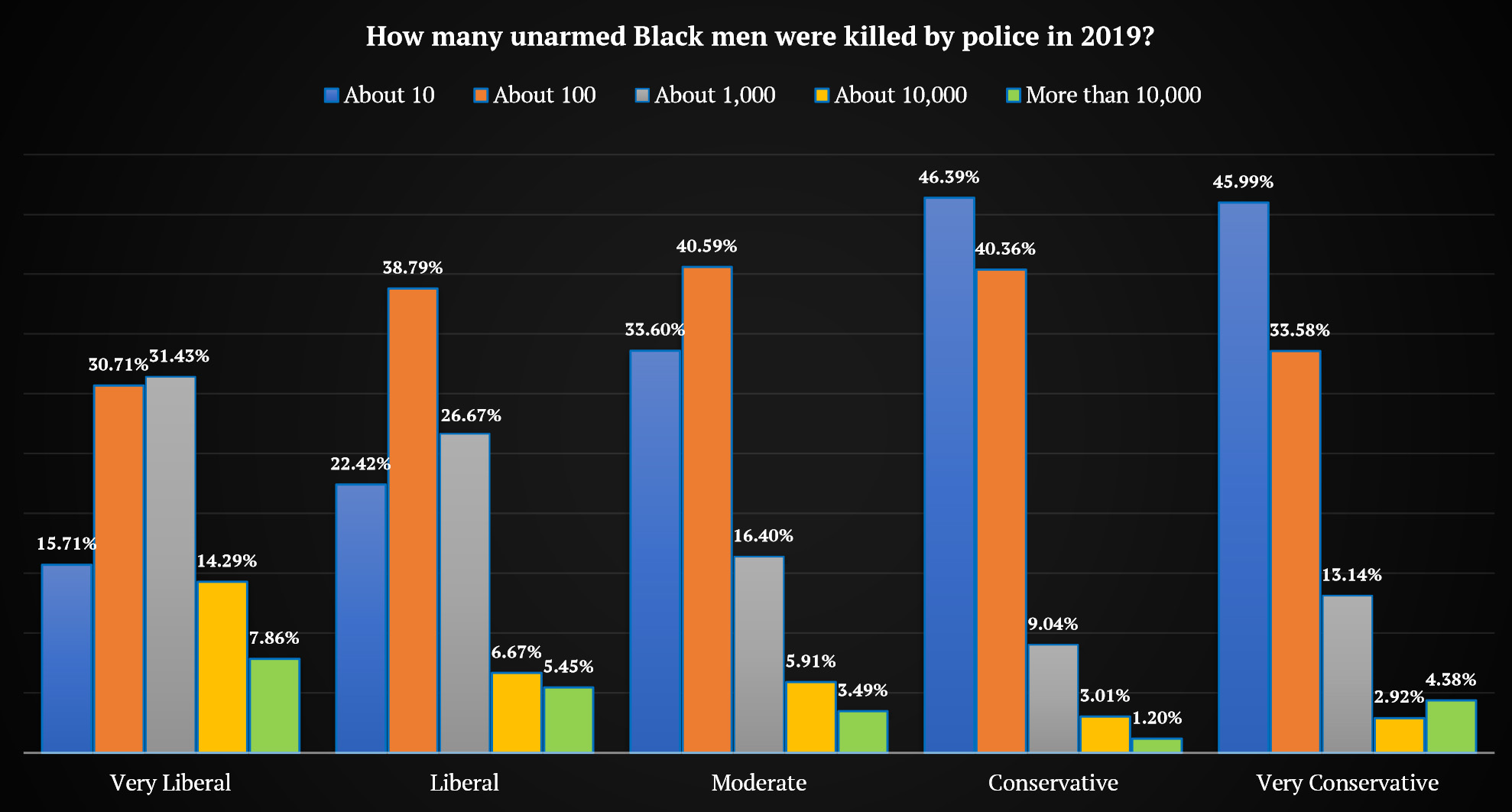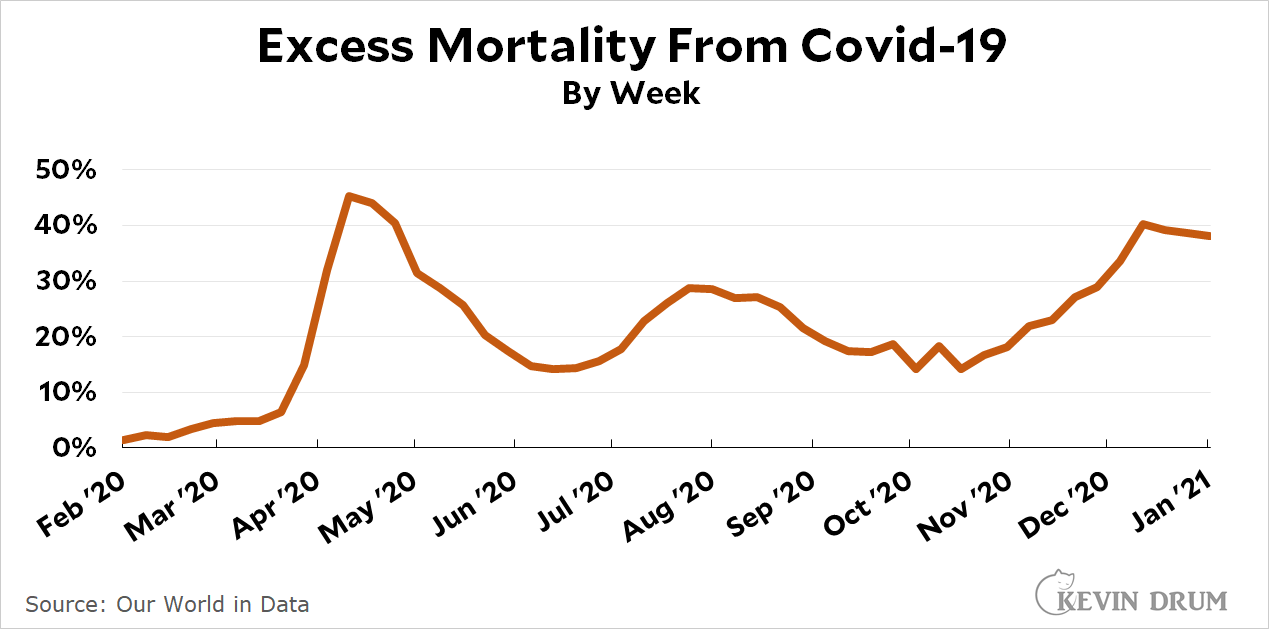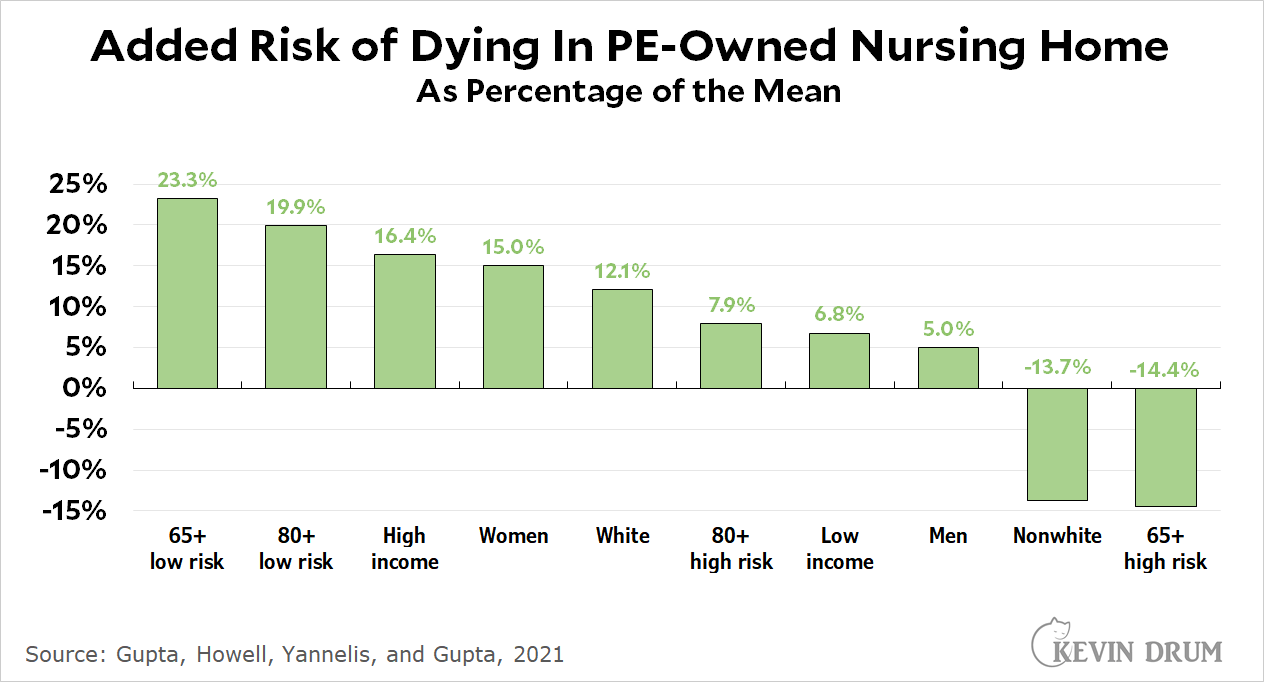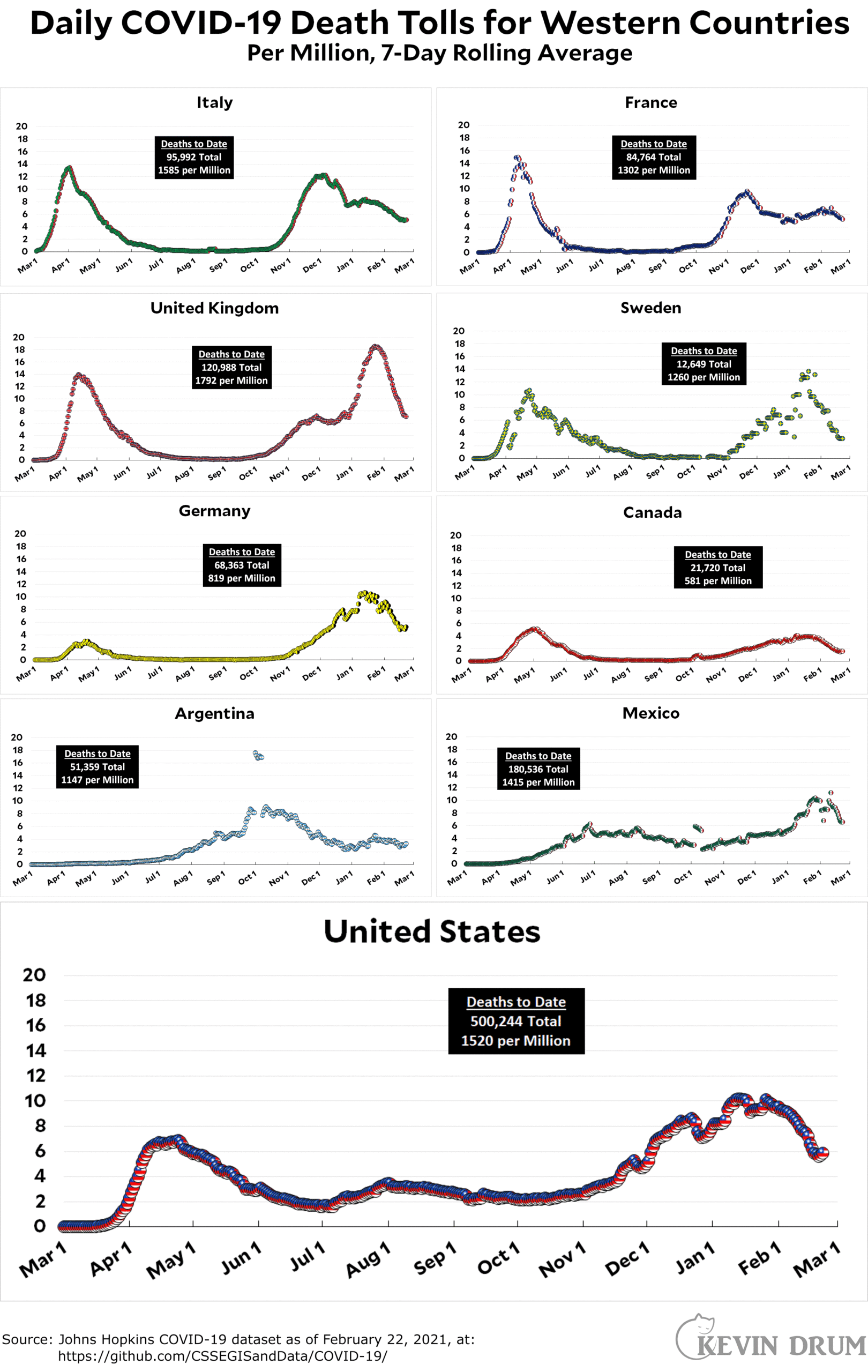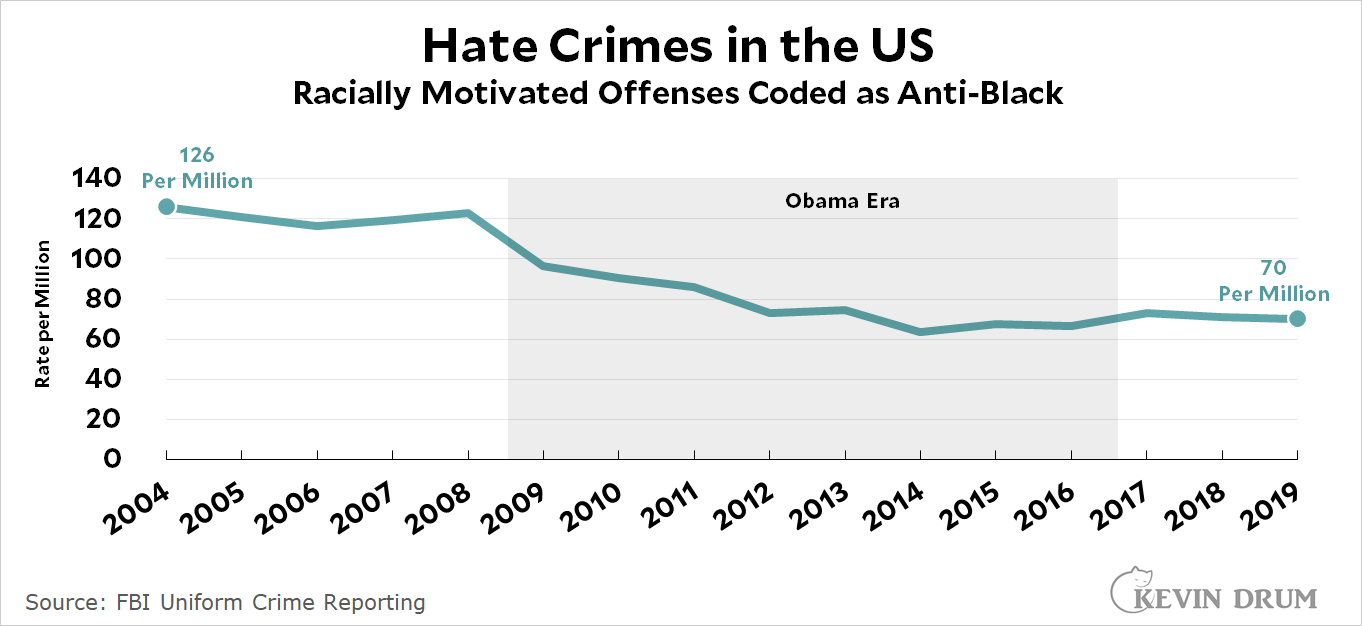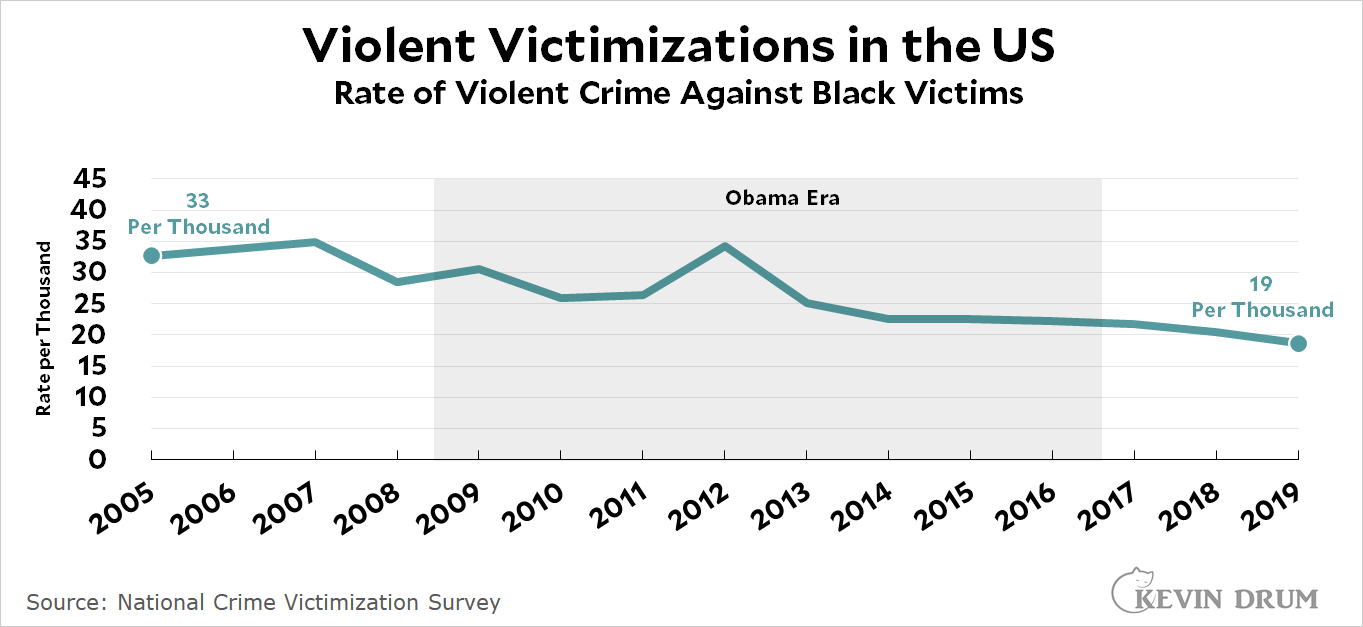Janet Yellen has joined the unemployment truthers:
“We have an unemployment rate that, if properly measured in some sense, is really close to 10 percent,” Ms. Yellen said on CNBC Thursday. A week earlier, Mr. Powell cited the same figure in a speech about lingering labor market damage.
Come on. We have U1, U2, U3, U4, U5, and U6. We have the labor force participation rate. We have the employment to population ratio. We have both those things for prime age workers only. That's nearly a dozen different ways of measuring "unemployment," and now we have yet another. Here is Fed chair Jerome Powell explaining the unemployment measure that Yellen was talking about:
All told, nearly 5 million people say the pandemic prevented them from looking for work in January. In addition, the Bureau of Labor Statistics reports that many unemployed individuals have been misclassified as employed. Correcting this misclassification and counting those who have left the labor force since last February as unemployed would boost the unemployment rate to close to 10 percent in January.
Well, sure it would. And I could invent a new measure that would boost it even further. But neither Powell's metric nor mine would represent "properly measured" any more than the others. It all depends on what you want to know.
In any case, a raw number shorn of context doesn't really tell us anything. What we really want to know is how much higher (or lower) it is than normal levels in the past. This is fairly easy to see for measures like U3 (the normal headline rate) and U6 (unemployed plus marginally attached):

As you can see, these two track each other pretty well, with U6 a fairly steady 4-5 points above the headline rate. This tells us that if we improve the labor market, both measures will probably reach their previous lows at about the same time. They're both telling us roughly the same thing.
But Powell cheats. He only shows his new metric from the beginning of the pandemic:

Sure, his made-up measure is at 10% now. But what is its natural low level over the past 20 years or so? How much lower should we expect it to drop? You can't simply take a metric that's artificially designed to match the headline rate during a single month and then declare this the "right" way to measure things.
That's especially true for this metric. The "misclassification error" has dropped to almost nothing, and the labor force participation rate always drops during a recession. It dropped a fraction of a point in 1990-91; a little more than a point in 2001-04; more than 3 points in 2008-15; and two points during our current recession. It dropped faster and more dramatically this time around, just like every other economic indicator, but it's still not outside the range of normal for a recession of this size.
As usual, maybe there's something I'm missing here. But my take is that any of the normal measures of unemployment are perfectly suitable right now. What's more, we know exactly what we have to do to push the unemployment rate down: get everyone vaccinated and open up the economy completely. Then we can see where we're really at.
Will it turn out that some of the new unemployment is permanent? I wouldn't be surprised if it is. Ever since 2000 it's been normal for the participation rate to fall during a recession and then never make up all of its lost ground. This may be due to an uptake in automation or it might be something else. But whatever it is, it's not something brand new.
POSTSCRIPT: It may seem like I devoted a lot of words to something not all that important. Probably. I just find this kind of thing annoying, regardless of whether it comes from the Secretary of the Treasury or some nutball on the Fox Business Channel.


